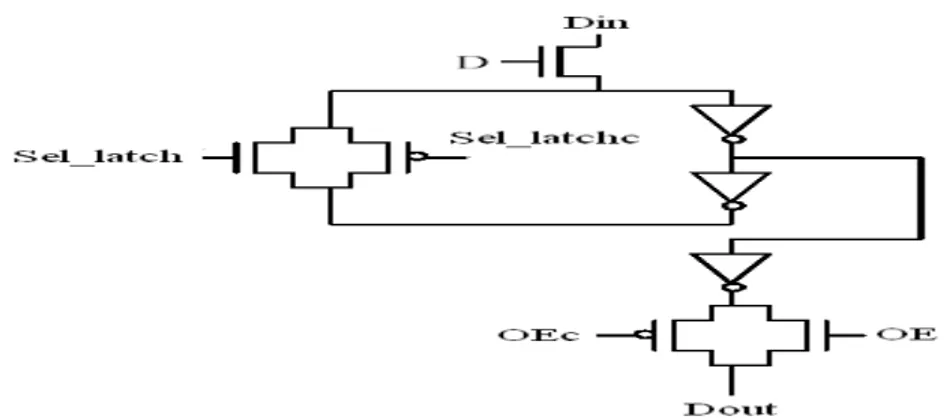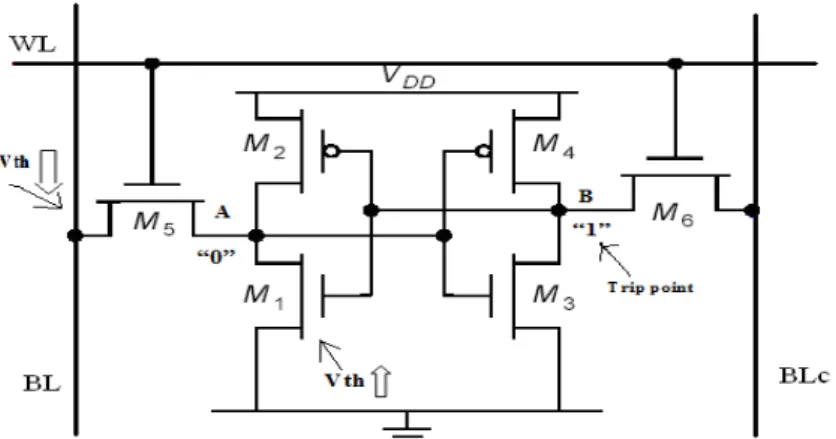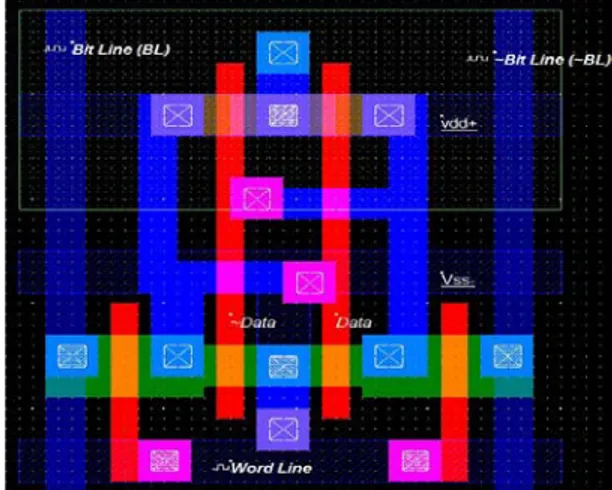IMPLEMENTATION AND DESIGN OF 6T-SRAM WITH READ AND WRITE ASSIST CIRCUITS
Full text
Figure




Related documents
The main purpose of this study is to analyze relationships among institutional ownership and the fi rms’ strategic decisions relating to the leverage, the capital
In fact, by Fourier transforming the SC recur- ring time-dependent overlap of harmonic states, the vibrational eigenfunctions can be obtained through a decomposition on the
A masked error (respective bit Set in the mask register) is not recorded or reported in the Header Log , TLP Prefix Log, or register, does not update the First Error Pointer, and
As shown in Table 3, the percentage of patients who experienced at least one GD-related event during the constraint period that was limited to the duration of the first
This paper presents PaaSHopper, a policy-driven middleware that addresses the above-mentioned chal- lenges by (i) offering a PaaS abstraction layer to increase portability
According to the model presented in the last section, the trade pattern for societies could be affected by the cultural factor of work on a small scale in the following way:
In contrast to NHEJ, there is an error-free DSBR pathway known as Homol- ogous Recombination (HR) pathway where the cell employs a homologous DNA as template for the repair of
Two groups have independently discovered that the budding yeast Mad3 protein contains one D box and two KEN boxes (Figure 1A) and that these degradation motifs of Mad3 are required





